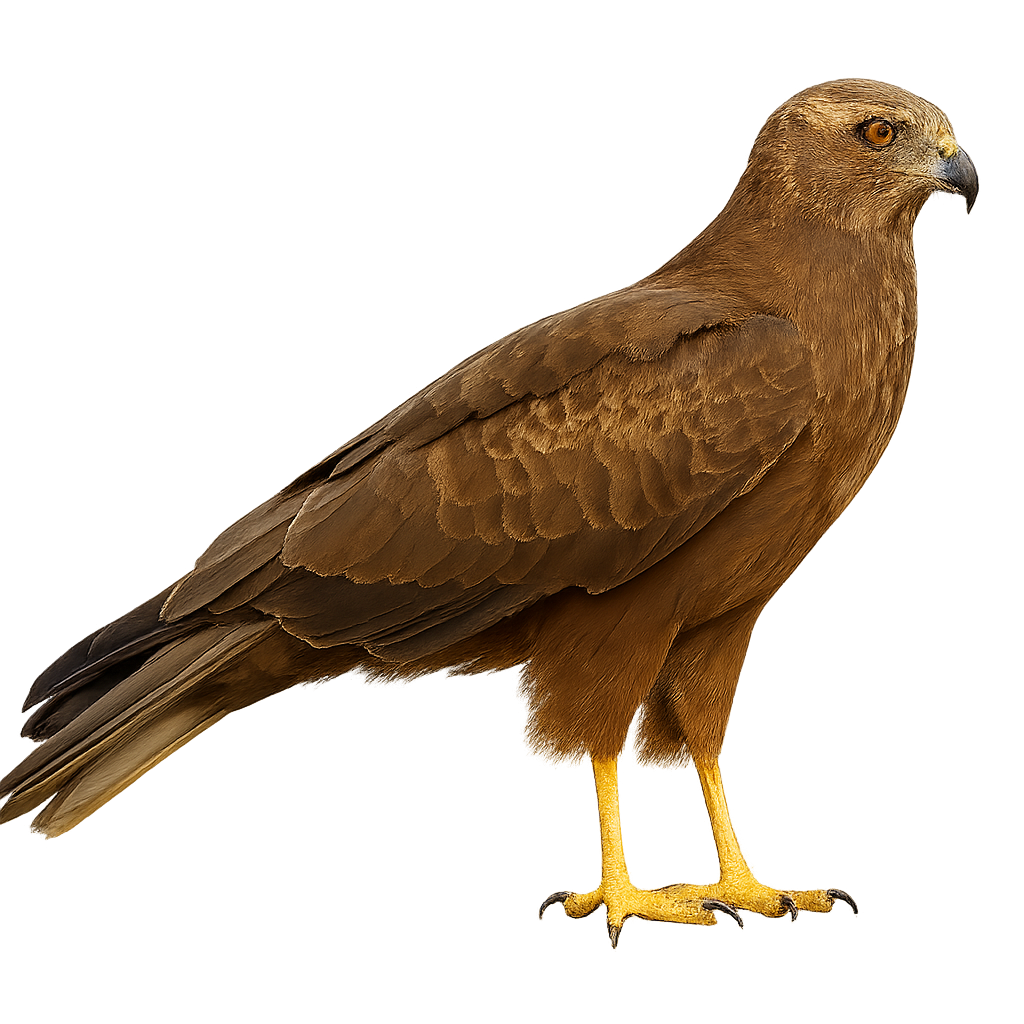Your wildlife photography guide.
Explore the marsh harrier in detail, study its behavior, prepare your shots.
Where to observe and photograph the marsh harrier in the wild
Learn where and when to spot the marsh harrier in the wild, how to identify the species based on distinctive features, and what natural environments it inhabits. The WildlifePhotographer app offers tailored photography tips that reflect the marsh harrier’s behavior, helping you capture better wildlife images. Explore the full species profile for key information including description, habitat, active periods, and approach techniques.
Marsh Harrier
Scientific name: Circus aeruginosus

IUCN Status: Least Concern
Family: ACCIPITRIDAE
Group: Birds
Sensitivity to human approach: Very shy
Minimum approach distance: 50 m
Courtship display: April to June
Incubation: 31-38 jours
Hatchings: May to July
Habitat:
Reed wetlands, marshes, and wet plains
Activity period :
Primarily active during the day, with peak activity in the morning and late afternoon.
Identification and description:
The Marsh Harrier is a medium-sized raptor, easily recognized by its brownish-green plumage and slender build. It primarily inhabits wetlands, marshes, and reed beds in Europe, Asia, and North Africa. This diurnal bird hunts small mammals, birds, and insects, which it captures by flying low over the reeds or circling slowly.
The Marsh Harrier is particularly active in spring and summer during the breeding season. Males and females often fly in tandem, searching for food to feed their young. Migratory, it leaves its breeding grounds in Europe to head to North Africa during the winter. While its population remains relatively stable in some areas, the Marsh Harrier faces threats related to habitat loss and pollution in wetland areas.
Recommended lens:
300 mm – adjust based on distance, desired framing (portrait or habitat), and approach conditions.
Photography tips:
Approach discreetly using a telephoto lens, as the marsh harrier can be easily disturbed and take flight if you get too close to its habitat.
Photograph early in the morning or late in the afternoon, when the light is soft and the marsh harrier is more active, often hunting in marshland areas or along riverbanks.
Capture moments of flight: The marsh harrier often flies low, gliding above the marshes and tall grasses. These flight moments are perfect for dynamic photos.
Be patient: The marsh harrier can spend a lot of time searching for its prey. Wait until it is engaged in this activity before taking a photo.
The marsh harrier is a species of minor concern, but it is important to respect its natural habitat, especially during the breeding season. Do not disturb its hunting or nesting behaviors and follow local conservation guidelines to preserve this species
The WildlifePhotographer App is coming soon!
Be the first to explore the best nature spots, track rutting seasons, log your observations, and observe more wildlife.
Already 1 429 wildlife lovers subscribed worldwide

